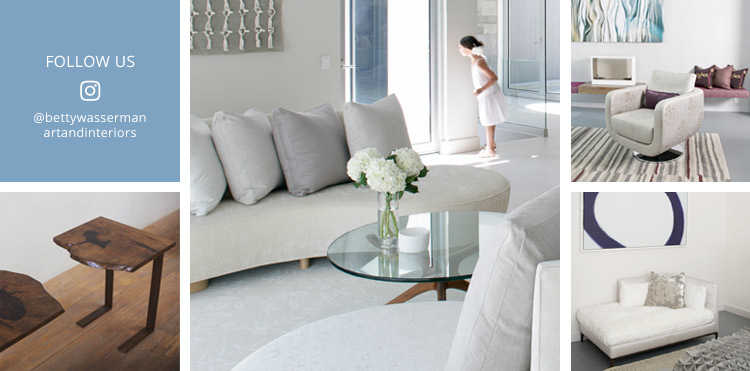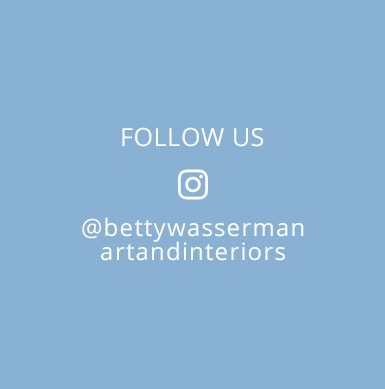Merging of Art & Interior Design
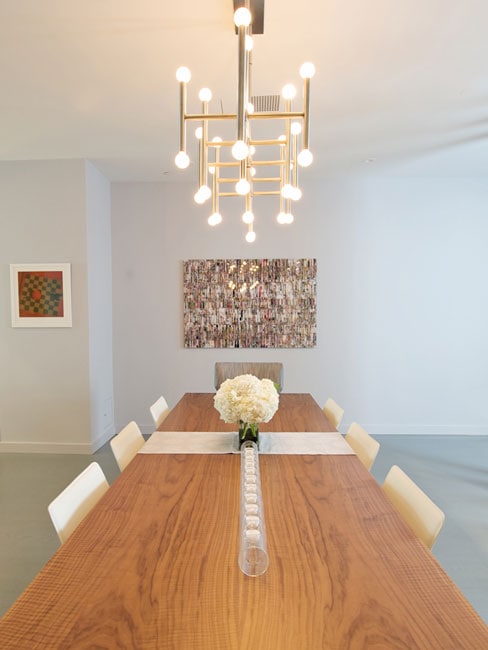
IN MY YEARS AS AN ART DEALER & CONSULTANT IN SOHO, I DID BUSINESS WITH MANY INTERESTING PEOPLE, BOTH ARTISTS AND CLIENTS.
I built relationships that inspired me and helped me mature as a professional.
Then, an art client of mine, who was the CEO of a big insurance company and for whom I had done many art installations, asked me to design his newly acquired two bedroom apartment in Manhattan!
Initially, the thought of the entire process of designing an entire space seemed daunting. But, with the proper due diligence, friends in the business, and a good contractor/artist pal, the project was up and running. Working as a team, we successfully completed the apartment renovation, and the space was transformed into the dream apartment for the busy working professional couple.
I quickly realized that enrolling in design school was the perfect next step and couldn’t wait to start working on my next project. I then discovered that my background was a powerful tool, and a natural addition, to helping me overcome a number of challenges.
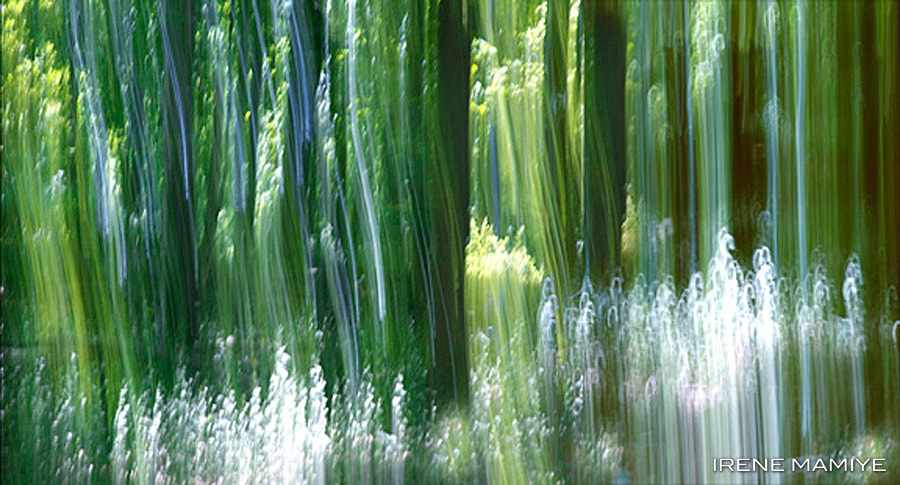
One of the most important benefits of having an art background is the aesthetic education I gained throughout the field. Being exposed to the art world helped me in various ways, but most importantly, it helped me understand the differences between a nice, a good, and a brilliant work of art.
Anyone involved in the art business will tell you that it is essential to stay up to date with the changes in the market, up and coming artists, and the trends of the industry. The truth is that in order to stand out it helps to have some weapons – mine was the art experience. I soon became an expert in telling the difference between decorative art and unique and original work as well as understanding what was commercial and what was not – and I don’t mean commercial in a good sense!
This talent of identifying what is high quality, and what is not, helped me with my interior design approach from the very first project. Another thing that is hard to teach, or learn, is good taste and an understanding of aesthetics; and it is such a pleasure when a client brings that to a project, now. Having said that, without my experience in the art world, I wouldn’t have the career I do now.
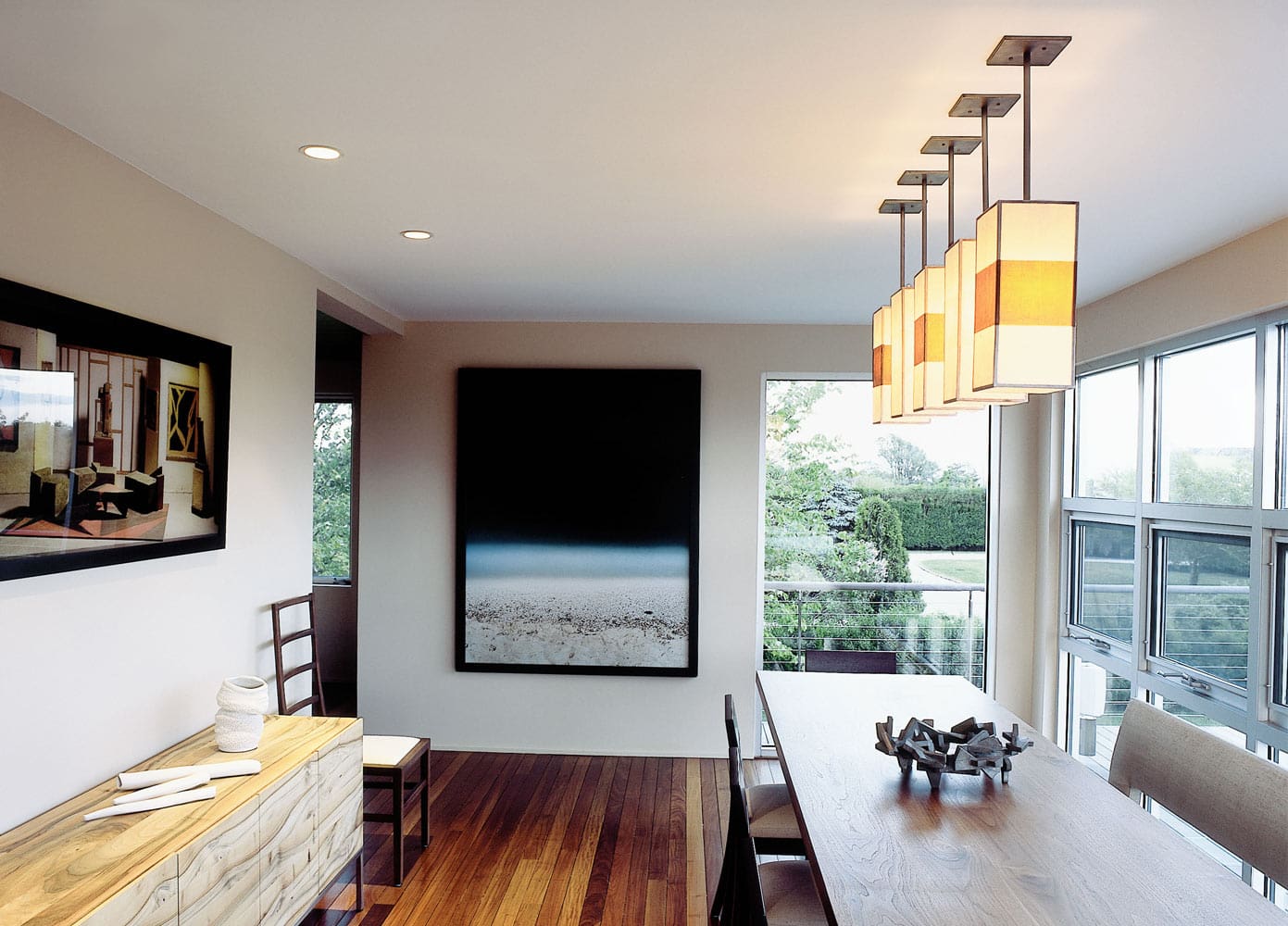 Image source: Betty Wasserman
Image source: Betty Wasserman
Another common characteristic of art consulting and interior designing is the elimination process. Finding the best artwork for a space isn’t as simple as it may seem. You have to consider the layout of the room, the color palette used, the style, and most importantly, the residents. I have found that the elimination method resolves this challenge most of the time.
Over the years, I became comfortable with this elimination procedure, so I thought, “why not approach interior design the same way?” And so I did! Choosing textiles, colors, and textures became a relatively easy procedure for me, and fun for the clients as well.
Most people are intimidated by the art selection process, which is understandable. Except for those passionate and interested in art, most people fear the process because they don’t quite understand what works well in a space, and what doesn’t. This is the point where I jump in to save my clients from making expensive mistakes (or from having a nervous breakdown!). I offer them suggestions and advice based on their home style, their personalities, and, of course, their needs. At the end of the day, they are the ones who will be living with the work, so I want them to love it!
Marrying art and space is neither a simple nor easy procedure – that is why hiring a designer with an art background can be so helpful! It requires a deep understanding of art and whether or not a piece is too commanding or just right. And the same applies to choosing colors, textiles, textures – basically everything else in a room.




